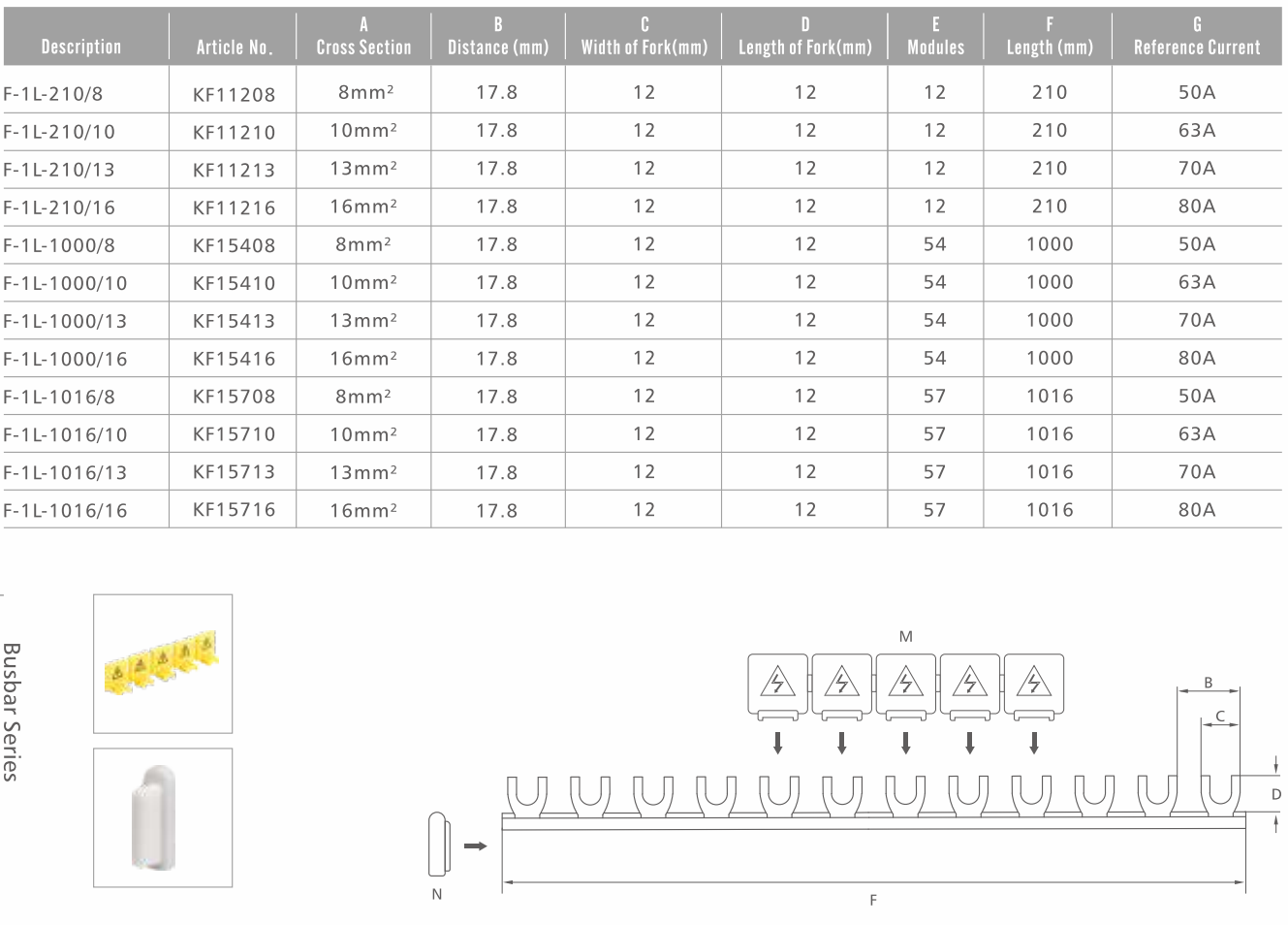Busbar Engineering: Installation, Safety & Optimization Techniques
This 10,000-word guide provides electrical engineers and technicians with advanced knowledge on busbar engineering, including installation best practices, safety protocols, material selection, optimization techniques, fault protection, and troubleshooting across industrial, commercial, and renewable applications.
Introduction to Busbar Engineering
Busbars are the backbone of modern electrical distribution systems. Proper engineering ensures reliable, safe, and efficient power delivery in industrial plants, commercial buildings, and renewable energy installations. Engineers must consider electrical, thermal, mechanical, and environmental factors to optimize performance and prevent failures.
Material Selection & Electrical Properties
- Copper Busbars: High conductivity, low resistive losses, excellent thermal performance. Ideal for high-current applications.
- Aluminum Busbars: Lightweight, lower cost, requires larger cross-section and careful oxidation prevention.
- Plating Options: Tin, nickel, or silver plating improves corrosion resistance and enhances surface conductivity.
- Mechanical Properties: Strength, ductility, and fatigue resistance are essential for long busbar spans and dynamic load conditions.
Design Principles & Cross-Section Calculations
Design involves determining:
- Maximum continuous current (ampacity) using IEC, IEEE, or NEC standards.
- Voltage drop limits to ensure system efficiency.
- Short-circuit current withstand and mechanical support requirements.
- Phase spacing and clearance to prevent arcing and insulation breakdown.
- Thermal expansion and contraction allowances in large busbar assemblies.
Advanced engineers use software for finite element analysis (FEA) to simulate electrical, thermal, and mechanical behavior.
Thermal Management & Heat Dissipation
Proper heat management prevents overheating and system failures:
- Cross-section sizing to minimize resistive heating.
- Forced air or natural convection cooling in enclosed switchgear.
- Thermal sensors and infrared imaging for hotspot detection.
- Flexible supports and expansion gaps for thermal movement.
Installation Procedures & Best Practices
- Confirm de-energized status and lockout/tagout procedures.
- Verify busbar type, dimensions, and support alignment with design plans.
- Torque bolted connections according to manufacturer specifications using calibrated tools.
- Maintain proper phase spacing, clearances, and insulation coordination.
- Document installation with photos, measurements, and torque logs.
Fault Protection & Short-Circuit Design
Busbars must resist mechanical and thermal stress during faults:
- Short-circuit analysis per IEC, IEEE, or UL standards.
- Mechanical reinforcement for high-fault-current scenarios.
- Coordination with protective devices like relays and circuit breakers.
Safety Protocols & Compliance
- Ensure compliance with IEC 61439, UL 857, UL 891, and NEC codes.
- Use protective covers and barriers to prevent accidental contact.
- Label all busbar connections clearly for maintenance and emergency purposes.
- Follow proper grounding and bonding techniques to prevent electric shock and faults.
Maintenance, Testing & Monitoring
- Visual inspections for corrosion, discoloration, or deformation.
- Torque verification of bolted connections.
- Infrared thermal imaging to detect hot spots during load operation.
- Micro-ohm resistance measurements for early contact degradation detection.
- Cleaning and protection from dust, moisture, and chemicals.
Industrial & Renewable Applications
Busbars are applied in:
- Heavy industry power distribution and machinery control panels.
- Commercial buildings and data centers requiring high-reliability distribution.
- Solar PV inverters, wind turbine substations, and battery energy storage systems.
- Modular switchgear systems for scalability and maintenance ease.
Optimization Techniques
- Use of modular and pre-fabricated busbar assemblies.
- Minimizing voltage drop and resistive losses via optimal cross-section and material choice.
- Thermal management with optimized ventilation or forced cooling.
- Reducing mechanical stress with proper bracing and flexible supports.
Troubleshooting Common Busbar Issues
- Overheating due to loose or corroded connections.
- Voltage drop exceeding limits because of undersized busbars.
- Mechanical sag or vibration-related loosening.
- Fault damage requiring inspection and replacement of affected sections.
Standards & Regulations
- IEC 61439: Low-voltage switchgear and controlgear assemblies.
- IEEE 605: Busbar rating and installation guidelines.
- UL 857 / UL 891: Industrial control panels and busway assemblies.
- National Electrical Code (NEC) compliance in the U.S.
Frequently Asked Questions
What is the difference between copper and aluminum busbars?
Copper has higher conductivity and smaller cross-section, aluminum is lighter and cheaper but requires larger dimensions and careful oxidation protection.
How often should busbar connections be inspected?
After initial commissioning and then annually or based on load cycles and environment.
Can busbars be reused after a short-circuit event?
Only if they have not been permanently deformed or thermally damaged; otherwise replacement is required.
Glossary of Terms
- Ampacity
- Maximum current a busbar can safely carry continuously.
- Torque
- Rotational force applied to fasteners, measured in Nm or lb-in.
- Short-Circuit
- Electrical fault with excessive current that can damage busbars.
- FEA
- Finite Element Analysis for thermal, mechanical, or electrical simulation.
Conclusion
Proper engineering, installation, safety, and maintenance practices ensure reliable busbar performance in all applications. Optimization and preventive measures minimize downtime, improve efficiency, and extend service life across industrial, commercial, and renewable energy systems.



